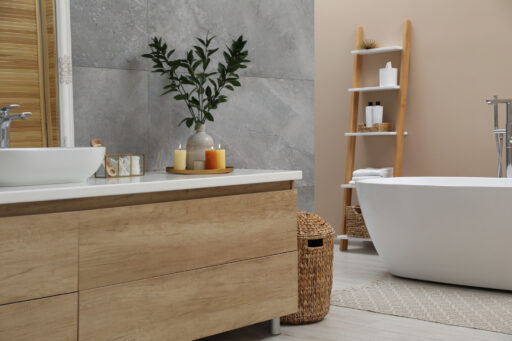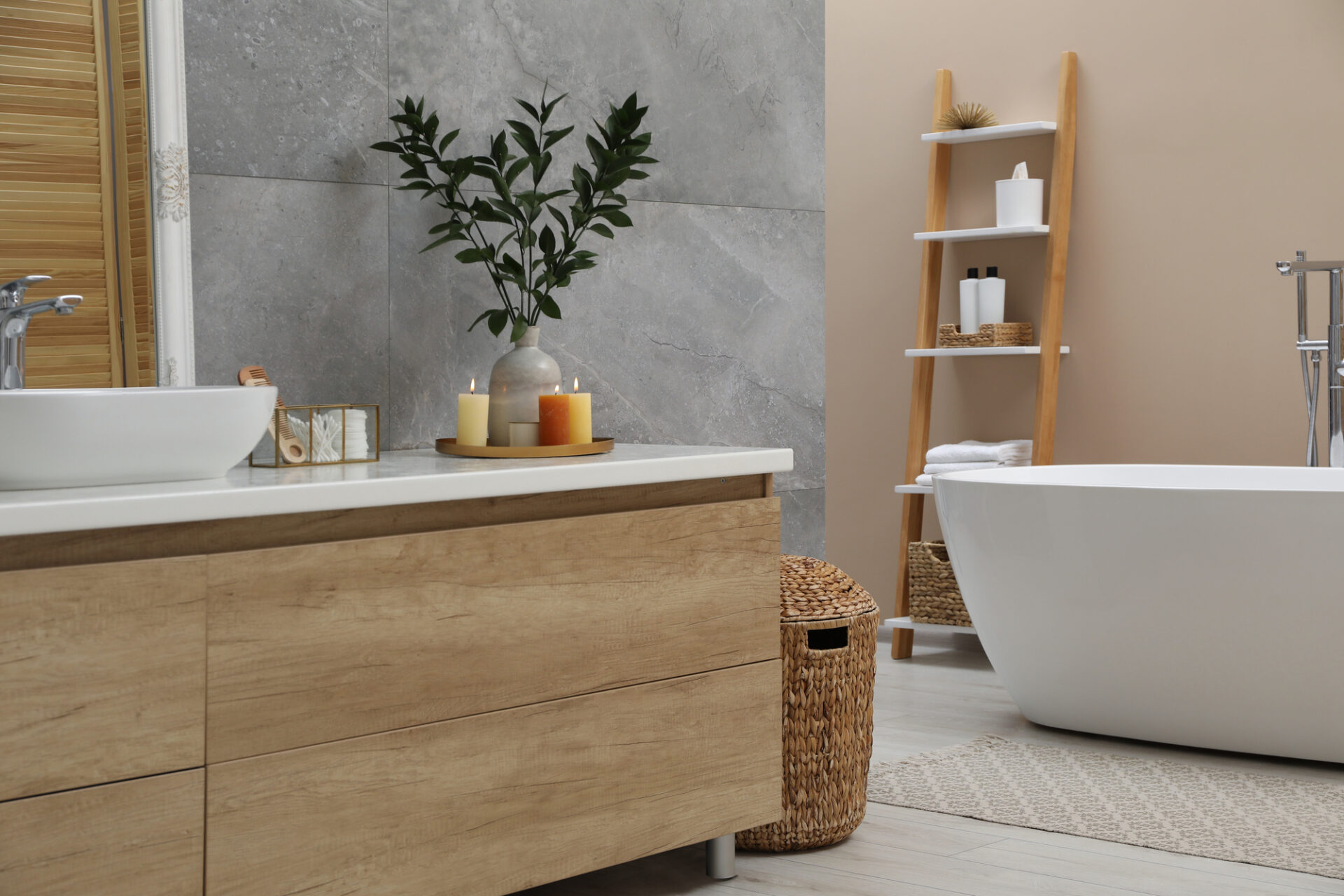This biophilic design concept transcends mere aesthetics; it encourages wellness, alleviates stress, and deepens our bond with the environment. Whether you envision a thorough eco-transformation or are seeking to introduce subtle elements from nature, the options available mirror the vastness of the natural world.
Adopting this design philosophy isn’t merely a trend; it signifies an endeavor to form spaces that resonate with our inherent longing for balance and harmony with nature.
Incorporate Natural Materials
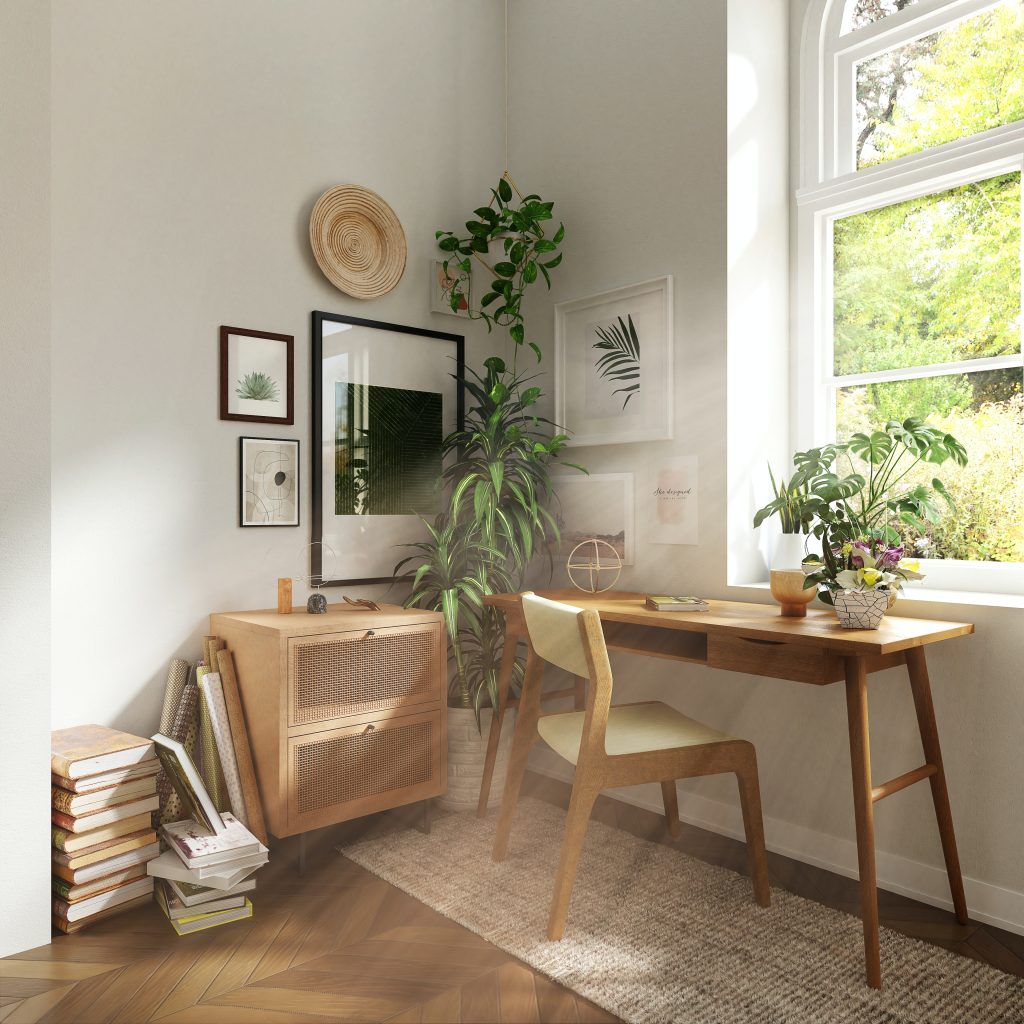
Utilizing natural materials is fundamental to biophilic design, aiming to strengthen the bond between humans and their natural surroundings. Here are some suggestions:
- Wood: Incorporate reclaimed wooden furniture or exposed beams to add warmth and character. Wooden floors, accents, and cabinetry offer durability and a classic appeal.
- Stone: Utilize natural stone for countertops, backsplashes, or feature walls. Options like slate, marble, and granite introduce a robust, earthy aesthetic that beautifully contrasts contemporary design.
- Bamboo: As a sustainable choice, bamboo is perfect for flooring, furniture, or decorative accents, providing a clean and eco-friendly flair.
- Cork: An eco-conscious option, cork excels as flooring or wall coverings. Its lightweight properties add sound absorption and insulation.
Opting for these sustainable materials fosters environmentally mindful design while forming a tranquil environment.
Versatile Furniture Choices

Striking a balance between aesthetics and utility is crucial when integrating natural elements into your decor. Sleeper sofas or futons offer dual functionality; they serve as both seating and beds, an ideal solution for smaller or multifunctional areas.
Whether you are designing a compact den, guest room, or home office, practical sofa beds allow you to maximize your space while maintaining an elegantly natural style.
The following table contrasts different designs of sofa beds, outlining their forms and intended uses:
| Sofa Bed Type | Design | Functionality |
| Day Beds | Similar to a twin bed, featuring a backrest and side panels | Ideal for lounging and sleeping; perfect for guest accommodations |
| Sleeper Sofas | Contemporary sofa with a fold-out mattress | Transforms into a bed; comes in diverse dimensions |
| Clic-Clac Sofa Beds | The backrest collapses to form a flat sleeping area | User-friendly for quick adjustments; good for simple, swift transformations |
When selecting sofa beds for your nature-influenced home, select materials and finishes that complement the organic aesthetic.
Enhance your sofa bed with soft furnishings crafted from natural fibers like jute or wool, creating a seamless integration within the overall design.
Layer textures with cozy throws and cushions to foster a warm and inviting atmosphere, ensuring that the functional sofa bed not only matches but enhances the overall tranquility of your home.
| Harmonize Material Contrast: Balance the interplay of textures and materials. Soft items like wool rugs should offset harder surfaces like stone or wood, crafting a welcoming yet structured environment. |
Welcome Natural Light

One of the most straightforward yet effective strategies to integrate natural aspects into your residence is by amplifying natural light. Features like expansive windows, skylights, or well-placed mirrors can achieve remarkable results. Here are a few key benefits:
Enhancing Mood
Exposure to natural light prompts the brain to generate greater amounts of serotonin, a neurotransmitter linked to elevated mood and wellbeing. This can be particularly advantageous in combatting seasonal affective disorder (SAD) and bolstering mental health overall.
Vitamin D Synthesis
Sunshine serves as a vital source of vitamin D, essential for sustaining bone health and strengthening the immune system. Regular exposure can help prevent deficiencies that might lead to a range of health issues.
Reduced Energy Costs
Utilizing natural light diminishes reliance on artificial lighting, which in turn lowers energy bills. Homes designed to capitalize on sunlight can see significant reductions in energy consumption.
The infusion of natural light into your home doesn’t just enhance visual appeal; it cultivates a more healthful and productive living atmosphere. Prioritizing sunlight in your architectural vision proves to be a prudent choice, offering immediate comfort and long-term advantages.
Add Indoor Plants
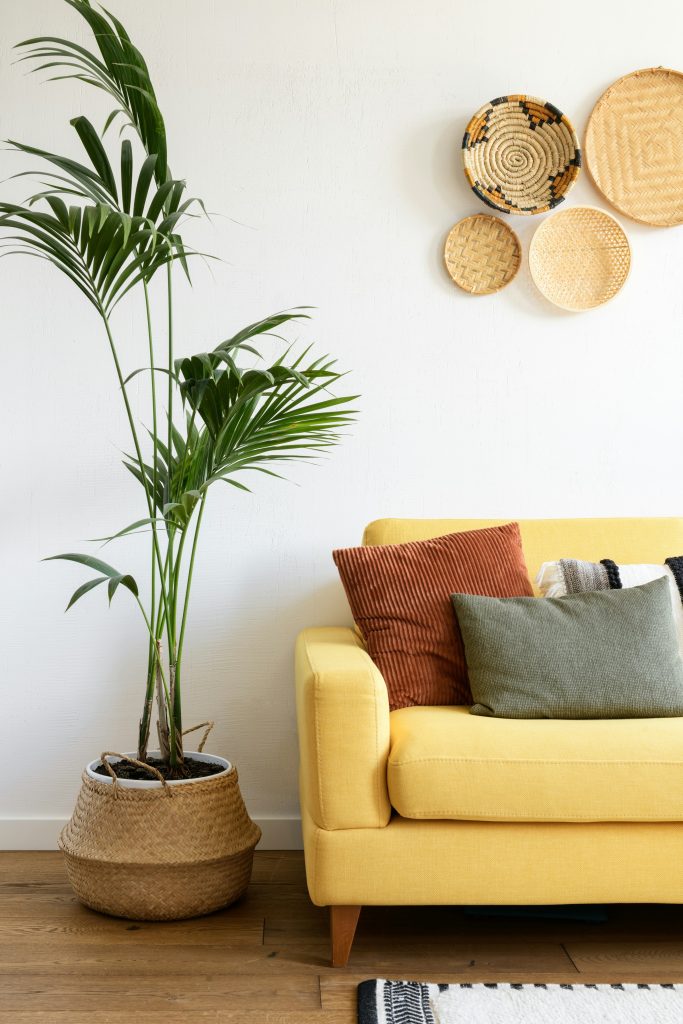
Introducing indoor plants into your space is a straightforward way to infuse your home with natural allure. They not only beautify a room but also improve air quality by absorbing harmful substances and emitting oxygen.
Think about incorporating various plants to enhance texture and vibrance. The following table showcases some excellent indoor plants along with their unique benefits and optimal locations:
| Plant Type | Air Purification | Lighting Needs | Care Requirements | Recommended Spots |
| Snake Plant | Yes | From low to bright, indirect light | Minimal | Corners, bedrooms, or office spaces |
| Pothos | Yes | From low to bright, indirect light | Very low | By windows or suspended from shelves |
| Spider Plant | Yes | Bright indirect light | Low | Kitchens, bathrooms, or living spaces |
| Peace Lily | Yes | Low to moderate light | Moderate | In living rooms or bedrooms |
| Rubber Plant | Yes | Bright indirect light | Moderate | Near windows or in well-assured areas |
For larger designs, consider vertical gardens or “green walls” for attention-grabbing features in living rooms or kitchens. Hanging or floating planters can introduce greenery even in tight spaces.
| Opt for Reclaimed or Sustainable Flooring: Instead of conventional flooring options, explore eco-friendly choices like reclaimed wood, bamboo, or cork. These alternatives lessen environmental impact and contribute to a warm, natural ambiance. |
Establish an Indoor-Outdoor Oasis
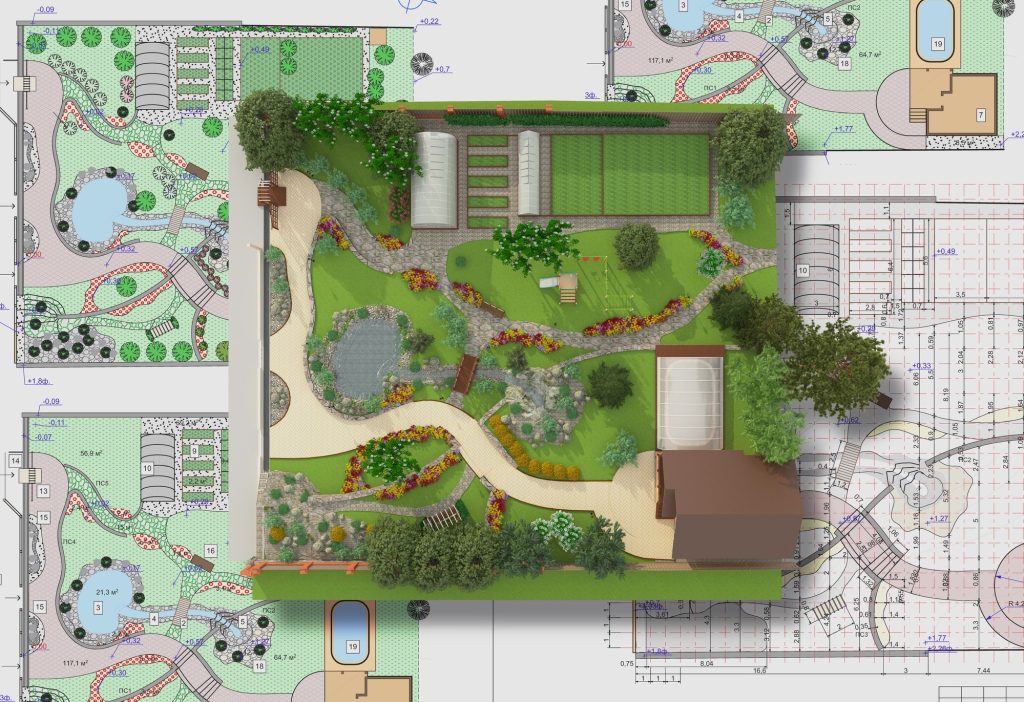
Alongside enhancing the interiors, consider eco-friendly approaches to cultivating an outdoor retreat. Create stone pathways or wooden decks that create a seamless transition from nature to your living area.
When large machinery is required for landscaping, employing skid steer attachments can increase versatility while facilitating design elements that emphasize connectivity between indoors and outdoors.
High-quality construction components ensure smooth operation of equipment, minimizing delays as you bring your nature-inspired remodel to life.
Bringing Nature Indoors
By emphasizing materials, light, textures, and hues inspired by nature, you can create a space that invites comfort and serenity.
Whether you prefer simple enhancements or a comprehensive redesign, adopting these natural design principles will guide you in fashioning a home that harmonizes with nature, granting tranquility, beauty, and sustainability within your surroundings.
